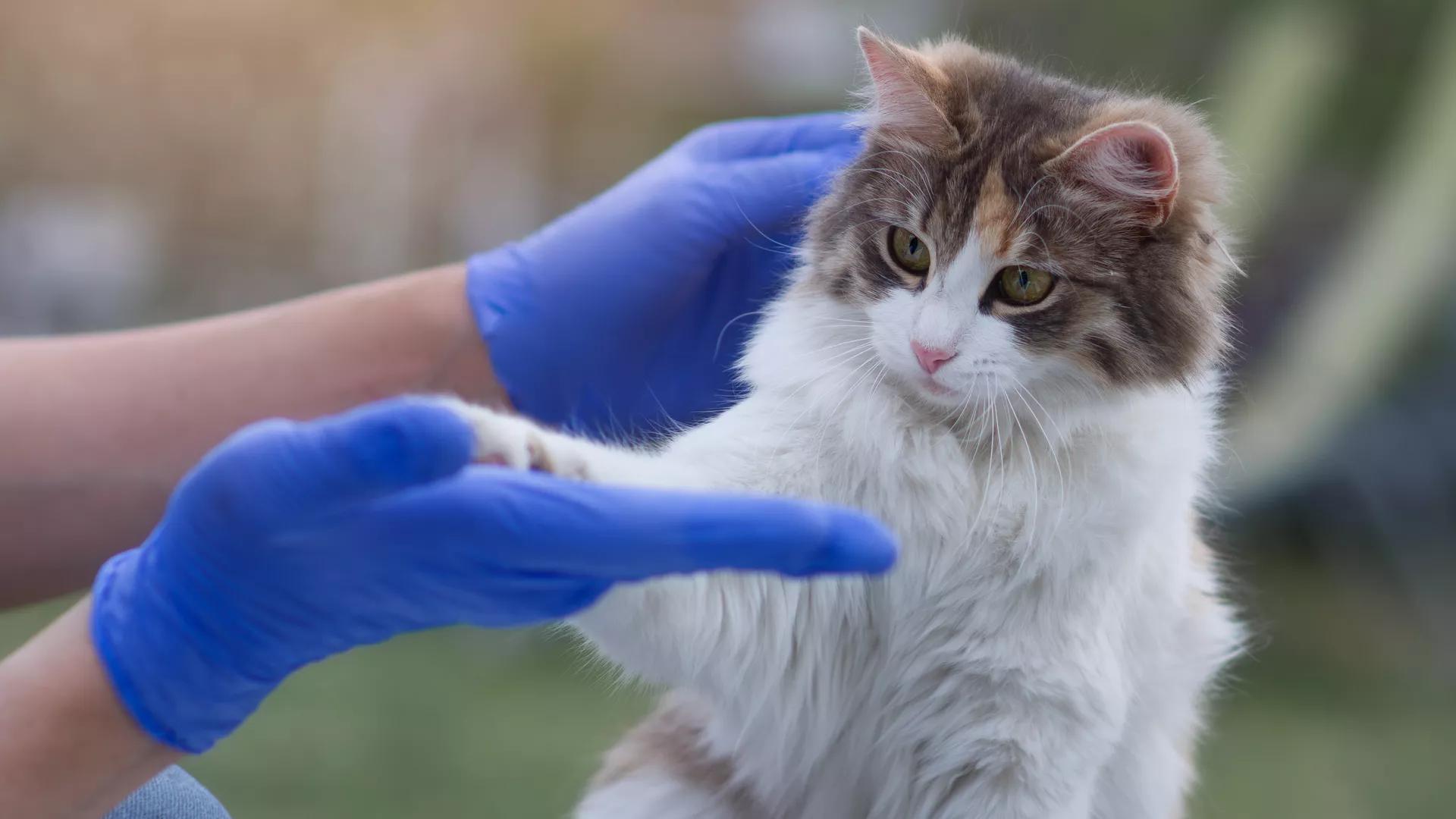Arthropods have played a significant role in the propagation, maintenance, spread and transmission of disease causing agents. To date, they continue unabated, defying many control strategies and causing huge socio-economic losses due to morbidity, mortality and loss of production. Being so diverse, taxonomically numerous, abundant and adaptable to many ecosystems, they remain the power-house and drivers of disease across the world. Through blood meals, which are essential to their survival, and also mechanically, they circulate numerous viruses, bacteria and parasites among domestic and wild animals. Thus, these vectors, which include Mosquitos, Culicoides, Tsetse flies, Ticks, and many more, significantly contribute to the current crises in, food security and economics. Their persistence account for high disease burden, loss in livestock productivity, constrained trade in livestock products and sustained poverty, especially in the low and middle income countries.
The endemicity and emergence of new diseases are nurtured and sustained by multiple interacting components, both abiotic and biotic in nature. Although, in nature, animals, both wild and domestic animals co-occur and interact at different scales, and are subject to their environmental and ecological parameters, common study approaches tend to focus on single animal species in ‘isolation’ or in a ‘vacuum’. Yet, it is becoming apparent that emerging infectious diseases either spread to new hosts directly to naïve hosts, or indirectly, most commonly through an intermediate host within the same environment.
Therefore, we would like to encourage growth in studies that combine multiple systems (host – vector(s) – pathogen); (hosts – vector – Pathogen); (host – vector – pathogen(s)), combined with investigations on the environment and ecological factors where the hosts and vectors occur, socio-economics, predictive models, and evolution.
The advancement in technology for diagnosis and analysis coupled with new ‘approaches’ that combine tools and skills from diverse disciplines is likely to enhance both predictive knowledge and preparedness as well as preventive and control strategies for these diseases.
This Research Topic invites original articles, up-to-date critical reviews and expert commentaries/perspectives on diverse aspects of vector borne infections. The scope of the special issue includes, but is not limited to:
• New evidence on transmission, persistence, and spread of vector borne diseases within animal populations particularly at the interface between wildlife and domestic animals
• Novel technologies for the identification, treatment or control of vector borne disease
• Lessons learned from established methods for identification, treatment or control
• Impacts of climate and other environmental changes in relation to transmission of infectious/invasive diseases
• Novel approaches to manage emergence and transmission of vector borne diseases
Arthropods have played a significant role in the propagation, maintenance, spread and transmission of disease causing agents. To date, they continue unabated, defying many control strategies and causing huge socio-economic losses due to morbidity, mortality and loss of production. Being so diverse, taxonomically numerous, abundant and adaptable to many ecosystems, they remain the power-house and drivers of disease across the world. Through blood meals, which are essential to their survival, and also mechanically, they circulate numerous viruses, bacteria and parasites among domestic and wild animals. Thus, these vectors, which include Mosquitos, Culicoides, Tsetse flies, Ticks, and many more, significantly contribute to the current crises in, food security and economics. Their persistence account for high disease burden, loss in livestock productivity, constrained trade in livestock products and sustained poverty, especially in the low and middle income countries.
The endemicity and emergence of new diseases are nurtured and sustained by multiple interacting components, both abiotic and biotic in nature. Although, in nature, animals, both wild and domestic animals co-occur and interact at different scales, and are subject to their environmental and ecological parameters, common study approaches tend to focus on single animal species in ‘isolation’ or in a ‘vacuum’. Yet, it is becoming apparent that emerging infectious diseases either spread to new hosts directly to naïve hosts, or indirectly, most commonly through an intermediate host within the same environment.
Therefore, we would like to encourage growth in studies that combine multiple systems (host – vector(s) – pathogen); (hosts – vector – Pathogen); (host – vector – pathogen(s)), combined with investigations on the environment and ecological factors where the hosts and vectors occur, socio-economics, predictive models, and evolution.
The advancement in technology for diagnosis and analysis coupled with new ‘approaches’ that combine tools and skills from diverse disciplines is likely to enhance both predictive knowledge and preparedness as well as preventive and control strategies for these diseases.
This Research Topic invites original articles, up-to-date critical reviews and expert commentaries/perspectives on diverse aspects of vector borne infections. The scope of the special issue includes, but is not limited to:
• New evidence on transmission, persistence, and spread of vector borne diseases within animal populations particularly at the interface between wildlife and domestic animals
• Novel technologies for the identification, treatment or control of vector borne disease
• Lessons learned from established methods for identification, treatment or control
• Impacts of climate and other environmental changes in relation to transmission of infectious/invasive diseases
• Novel approaches to manage emergence and transmission of vector borne diseases








